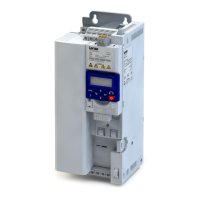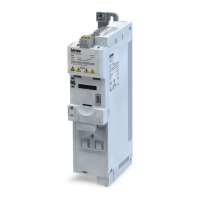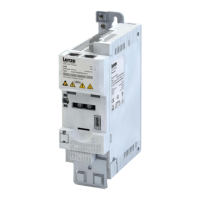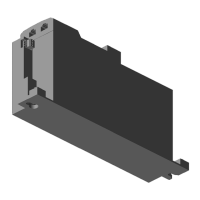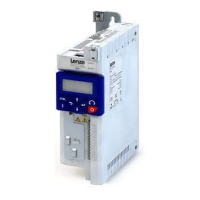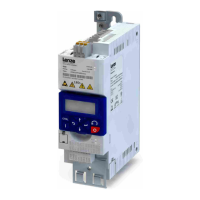What to do if my Lenze i550 Inverter shows a continuous overcurrent?
- MmurrayjohnSep 7, 2025
If your Lenze Inverter indicates a continuous overcurrent, take these steps: * Inspect the motor and wiring for any short circuits. * Examine the brake resistor and its wiring. * Verify the motor circuit configuration (delta or star connection). * Confirm that the motor data settings are correct.
